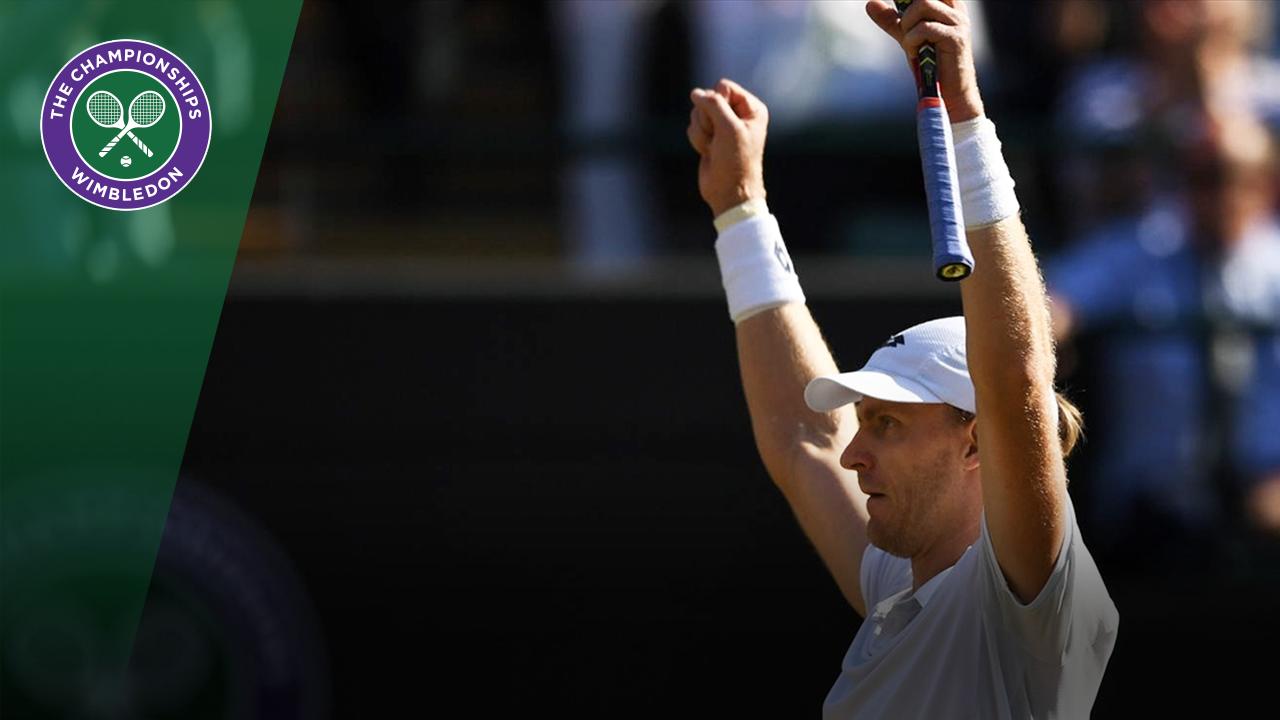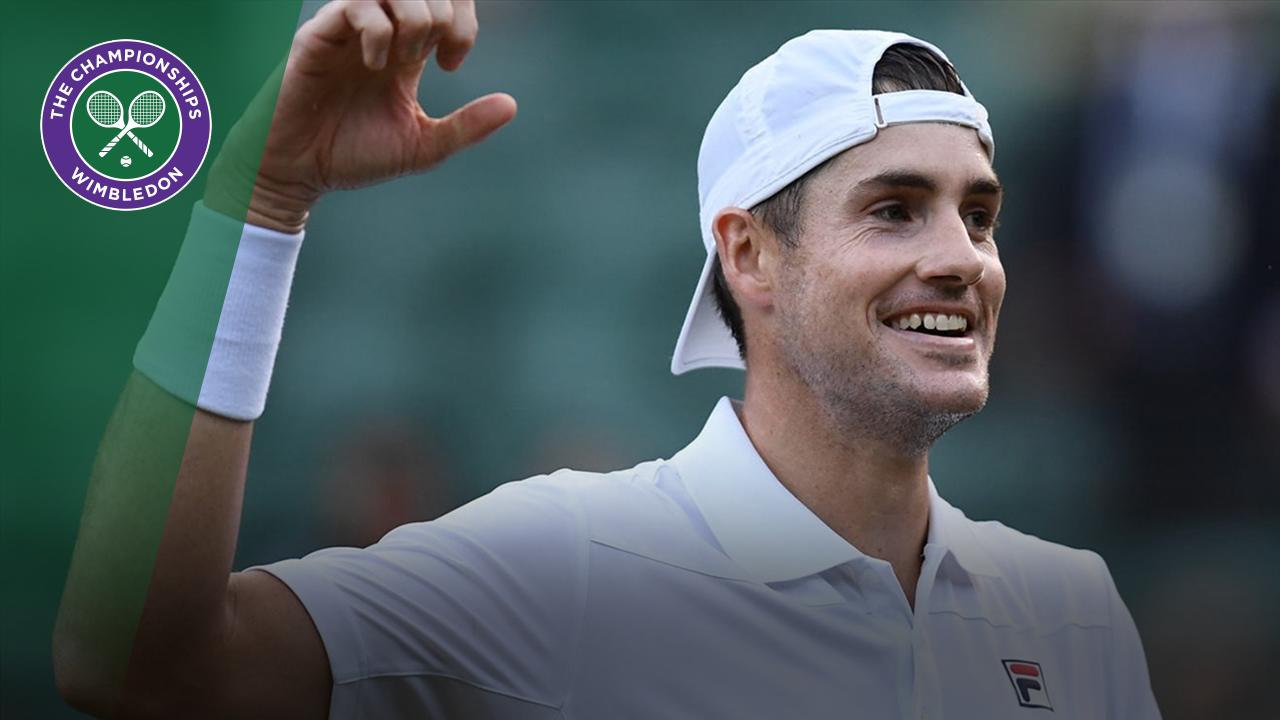Not headline makers - yet
“Worthy”: it is the most backhanded of all backhanded compliments. It implies a certain dullness, a lack of star quality. Those with the X Factor are seldom thought of as “worthy”.
Now, the tale of the wee lad who proudly walks into his local tennis club with his bag neatly packed (shirts, rackets, water bottle and socks) for his first lesson and announces that he wants to be the world No.1, has a certain charm. When he grows up to become the world No.1, that becomes a proper story. Novak Djokovic has been making headlines for more than a decade now.
Or the other tale of the boy in a man’s body who wins Roland-Garros at his first attempt and then, in his ever-so-humble way, goes on to make the place his own with 10 more titles – that has a real ring to it. And we have been writing that story every year since Rafa started winning Grand Slams in 2005.


These stories are… well, sexy. They are easy to write, fun to read and they sell papers, draw in listeners and attract clicks. They are certainly not “worthy”.
Hard work, patience, perseverance – these are worthy traits. But they do not make headlines. Or they haven’t until now.
As the spotlight has fallen on the retreating heels of the great and the good who have left The Championships earlier than expected and picked out the established stars who have stayed behind, it has studiously ignored Kevin Anderson and John Isner.
Ah, yes, Big Kev and Big John: the Big Servers. And then the conversation moves on and the two men are put back in their pigeon holes. Granted, they are large pigeon holes (Isner stands 6ft 10in and Anderson is 6ft 8in) but they are pigeon holes nonetheless.
And yet there is so much more to both big men than their big serves. Sure enough, those whizz-bangs they can fire down with effortless ease (161 aces so far for Isner and 123 for Anderson) make for many free points but matches are won and lost on more than a service percentage.
Both men have waited and worked and sweated for this semi-final. Until this week, Isner had never got beyond the fourth round of a Grand Slam while Anderson, the runner-up at the US Open last summer, had never got beyond the fourth round at Wimbledon. But both men believed they were better than that record.
For such a big man, Isner moves far better than the other tall men of the Tour. His serve is not only bigger than most, it is cleverer than most. And he knows how to volley; he knows how to construct the point to his advantage and he has the technical wherewithal to finish it off. His is not a serve-and-hope game.
Every year, he emerges from his off-season training block with a little bit more added to his armoury. The others do this, too, but Isner, at the age of 33 and after a career spent knocking on the door of the world’s top 10, has never become complacent. He has never given up on the search for that one sprinkle of magic dust that could give him the edge.
This year, he seems to have found it. He won the Miami tournament in March (his one and only Masters 1000 trophy) which bumped him up into the top 10 while a change of schedule – no warm-up events before The Championships – has kept him fresh for SW19.
“I've been serving and volleying pretty well,” he said. “I think I've covered the net well. That's something I've worked on a lot. I've had some game plans in each match. I've executed them, I think, almost to perfection.”
He knows what to expect from Anderson, too. The two were at university in the US at the same time (Isner went to Georgia, Anderson was at Illinois) and played each other at college level many times before they set off on the professional tour. At tour level, Isner leads their rivalry with eight wins to three. But this match-up could be very different.
Anderson has always been known as a dangerous player but one who could be a bit brittle. Against the top men, there were times when he would get so far but no further; when it came to playing to his strengths and using his weapons, he would become tentative. It was as if he did not really believe that he belonged at the very top.
But then, a couple of years ago, he was dealing with a host of different injuries (left knee, right shoulder, groin, hip, ankle and left thigh to name but a few). Rather than risk coming back too soon, he opted to miss the Australian Open last year. It was a stroke of genius. When he did get back to work, he was healthy (at last) and refreshed. And he played out of his skin to get to the US Open final last September.
Now, with that experience behind him, he finally believes that he can not only live with the big boys at the top of the rankings, he can beat them. Just as Isner has honed the physical and technical side of his game, Anderson has done likewise with his mental approach. His win over Roger Federer in the quarter-finals is proof positive that it has worked.
“My team believes in me a lot,” he said. “My family believes in me a lot. I think I've started to believe in myself a lot more. Coming into this event definitely felt just a more quiet confidence of going further in it than maybe I had in the past. Obviously with matches like today [against Federer], that definitely assists that process, too.”
It seems unfair to describe either man as “worthy” for fear of it being misinterpreted. But you could not find two more deserving semi-finalists if you tried.






